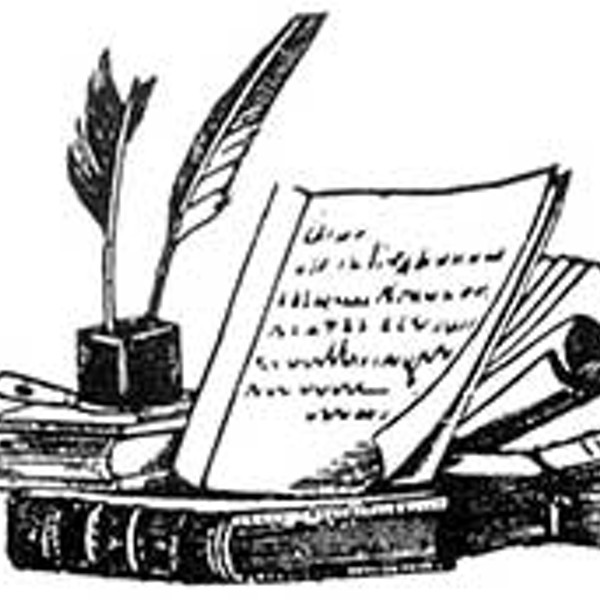Ratnoff was the scourge of a fictional newspaper that bears more than a passing resemblance to Darnton’s day job. In a waggish press release, the Pulitzer Prize-winning reporter and editor writes, “Some have suggested that Black & White and Dead All Over, which is set in a major New York City metropolitan daily of international repute, may be a roman a clef. Such a rumor may have come from the fact that I have worked over four decades at the New York Times and that I have never worked at any other newspaper.” Could this be why the Times Book Review headlined its rave, “Anybody We Know?”
From the aerie-like deck of his New Paltz retreat, the author insists, “The characters are not always one-for-one. I put pieces together.” After a pause, he adds wryly, “Some pieces are bigger than others.” Most of the novel’s wittily encoded cables were lifted verbatim from legendary reporter Homer Bigart; a fatefully bad lede is based on an actual one by a now-deceased colleague.
“You can’t make this stuff up,” the semiretired Darnton shrugs, though Black & White provides ample proof that he not only can make it up, but can also make it hilarious. Kirkus Reviews called the satirical mystery a “multifaceted, gloriously entertaining thriller.” The LA Times weighed in with “deliciously sharp, wise, and hilarious. A love letter to an endangered species.”
That species, of course, is print journalism. Darnton’s insider view of a news industry threatened by rising costs, diminishing profits, corporate greed, and a vanishing readership gives his novel additional bite. So does his undiluted affection for the hard-drinking, work-driven newsmen of past generations.
“When I was in college, I didn’t know anybody who wanted to be a reporter. It didn’t seem like a profession,” says Darnton. This may sound a bit disingenuous—his father, a New York Times war correspondent, was killed on the job when John was an infant; his mother later became the Times’ first women’s editor—but he explains that in those days, reporting “was a craft, not a profession for experts. Papers hired reporters off the street, sometimes literally. They didn’t recruit from the Ivy League.”
Darnton was not strictly Ivy League, either. Accepted by Harvard, he was expelled from Andover during his final semester for signing into his dorm and then sneaking out to a bar (a background he gave to a character in his fourth novel, The Darwin Conspiracy). Harvard rescinded its offer, and Darnton attended the University of Wisconsin, where he met his future wife Nina on the first day of school.
Meanwhile, his older brother Robert graduated from Oxford and went to work for the Times, landing a police beat in Little Italy. “Here’s this accomplished academic, covering grisly murders,” Darnton says, shaking his head. “It was a bad fit.”
But Robert Darnton’s kid brother fell hard for the romance of hardbitten newsmen playing cards on hot nights, occasionally glancing up at different colored lights in the window (“so you’d know at a glance which paper was phoning”) and eating calamari on Mulberry Street between two-alarm fires. In 1966, John was hired as a New York Times copy boy, running a mimeo machine. (“My hands were purple to the wrists.”)
Copy boys were expected to write on the side and move up through the ranks. “I’d never written a story, not even for the college paper,” Darnton recalls. He pored over the daily edition, following certain bylines, and soon became a general assignment reporter. As Connecticut correspondent, he covered the Black Panther trials in New Haven. Next came a high-pressure stint on night rewrite. Once Darnton and a colleague were assigned Man in the News features on two Supreme Court nominees, to be announced by President Nixon in a televised speech at 8. The Times’ first-edition deadline was 7:30. The national editor told them breezily, “We’ll hold the paper for you.”
















